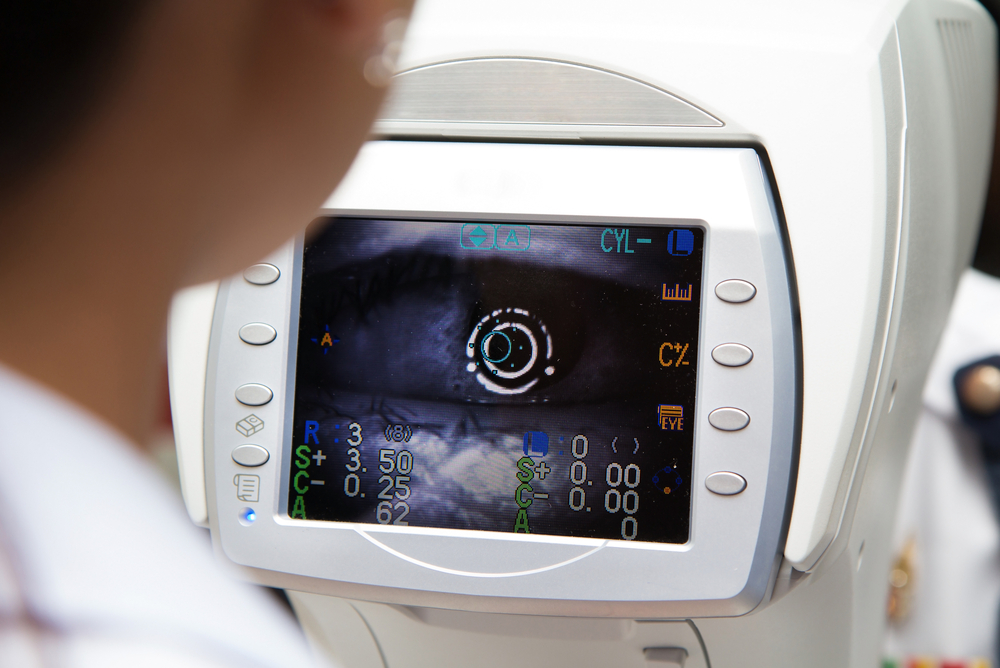Whether you are embracing technology in every area of your medical practice — from an EHR to cutting-edge diagnostic equipment — or just testing the waters with a practice Facebook page, there is one often-overlooked element that is critical to your success: your staff. To maximize your investment and see real results for your practice, you need a properly trained staff that’s comfortable with and knowledgeable about new technology, not disgruntled employees who see it as one more thing on their plates. How do you ensure your staff is up to speed?
How training affects employee engagement
Before staff gets anywhere near a product manual or training module, doctors and practice managers can start by doing their part to create engaged employees. “Engaged” staff have a greater commitment to their workplace, and are more motivated, productive, and likely to stay with the practice than the average employee. The bad news is that a recent poll showed that only 30 percent of U.S. employees are engaged in their jobs.
The good news is that providing training in new technologies can boost employee engagement, because it gives your staff the skills they need to add value to the practice and progress in their careers. Taking the time to train your employees sends the message that they are worth the investment.
Keys to effective technology training
Another important step in the process is understanding your staff’s technology proficiency. Are they comfortable with computers, or do they need help figuring out things like iPad apps? Some of your employees might require more time and training than others, and it’s easier on you if you get a sense of that upfront. Here’s a sample computer proficiency test that you can download and have staff fill out.
Especially for smaller practices, it can be difficult to find the time and resources to spend on training when your staff is already stretched thin. Some ideas for training include hosting “lunch and learn” sessions during the lunch hour, and breaking up training into several smaller chunks instead of one marathon session that can overwhelm people.
If you’re implementing a new EHR or any other technology that includes training from the vendor, it’s also an effective strategy to create a group of “super users”— employees trained to navigate the system quickly who can share helpful hints, tips, and techniques. This group can provide ongoing internal training to the rest of the practice.
Remember to keep training relevant, too — not every employee needs to understand every feature of every piece of technology. Designate one staffer as the social media person, put another in charge of the patient-education programming in your waiting room, and so on.
How the internet can help
Internet-based programs can make training and division of labor easier, since anyone can access the same content from anywhere with an Internet connection. Staff can familiarize themselves with the program and even complete tutorials at home. And at work, a front-office employee can upload medical animations to your patient portal while another plays a video on an iPad for a patient waiting for the doctor in an exam room, for example.
Instead of presenting new technology as yet another task your employees have to take on, emphasize the ways in which it can ease their workload. Internet-based patient education materials can answer patients’ frequently asked questions and free up clinical staff’s time. Patient portals can relieve the administrative burden on practices by generating billing statements and allowing patients to request prescription refills online.
Taking the time to get your staff on board and up to speed with new technology in your practice can make all the difference between failure and success. With these smart strategies and some solid training, you will create an engaged, empowered staff that utilizes your tech to its full potential.
For more information on using technology in your practice and how internet-based solutions can help, subscribe to our newsletter.

